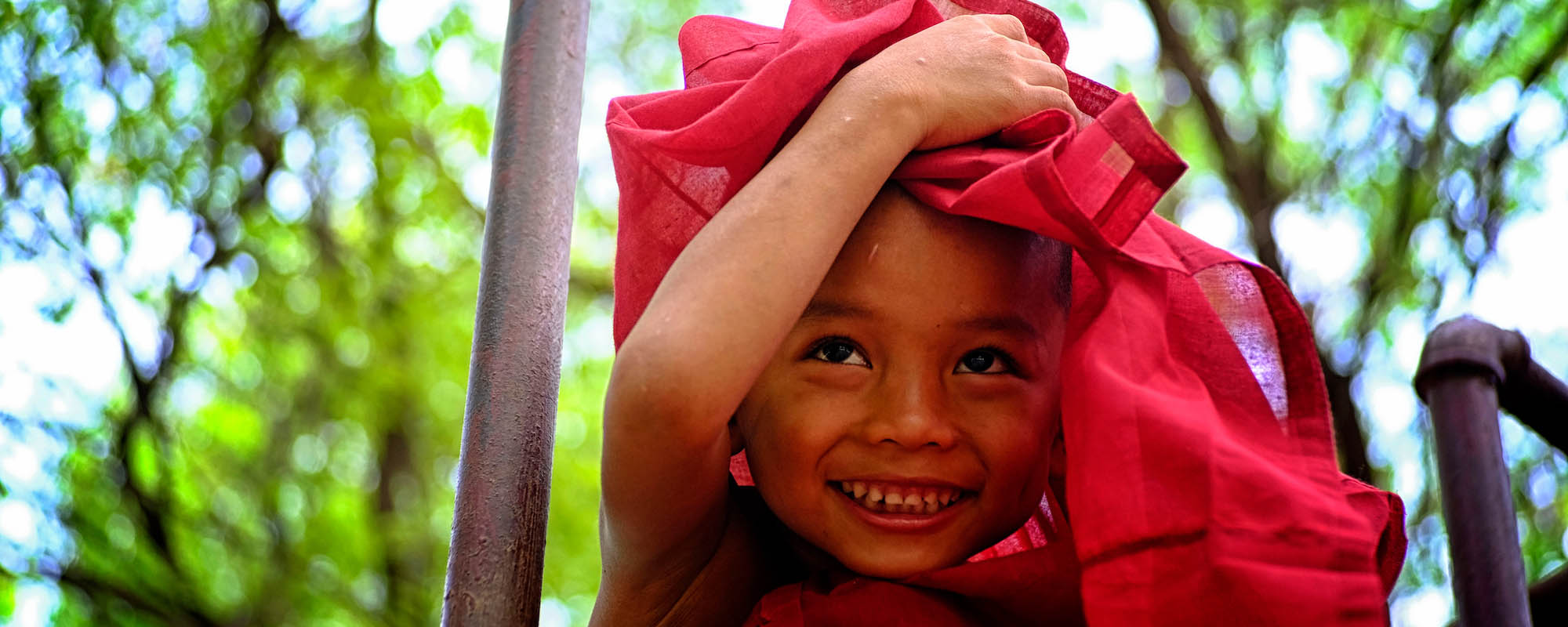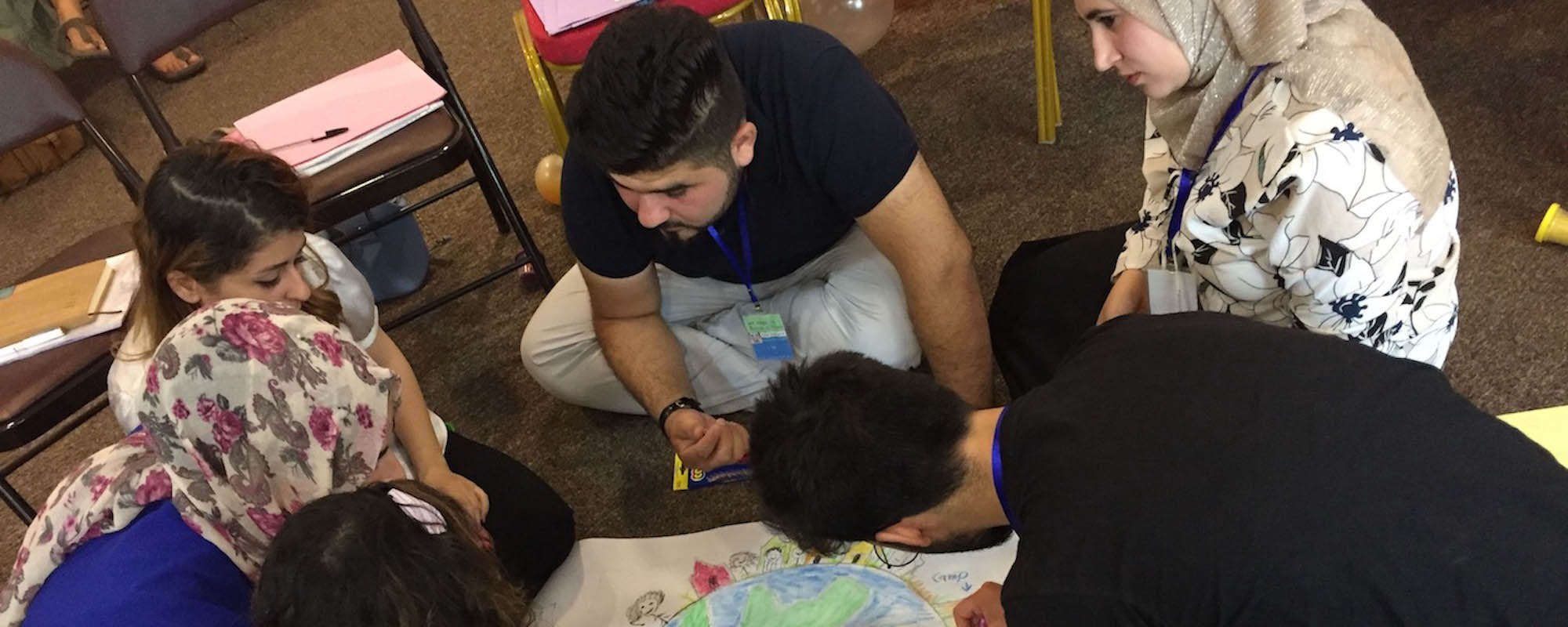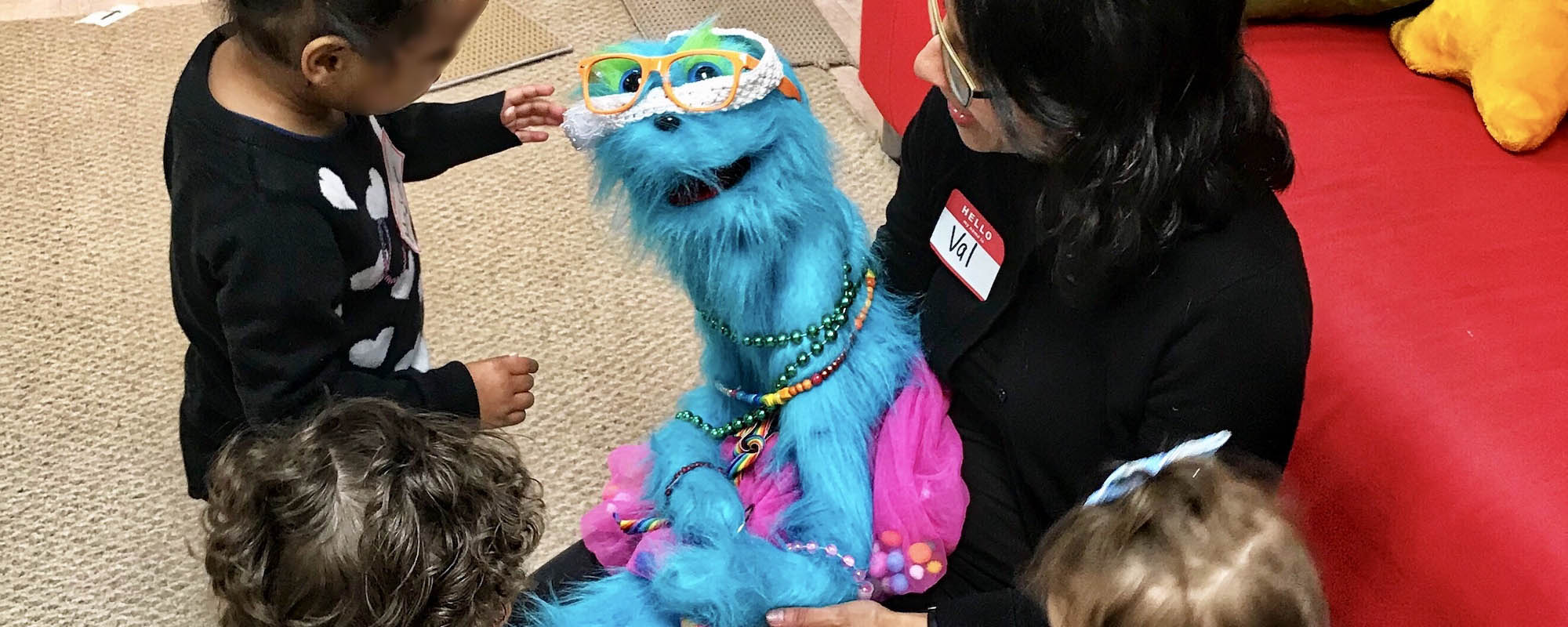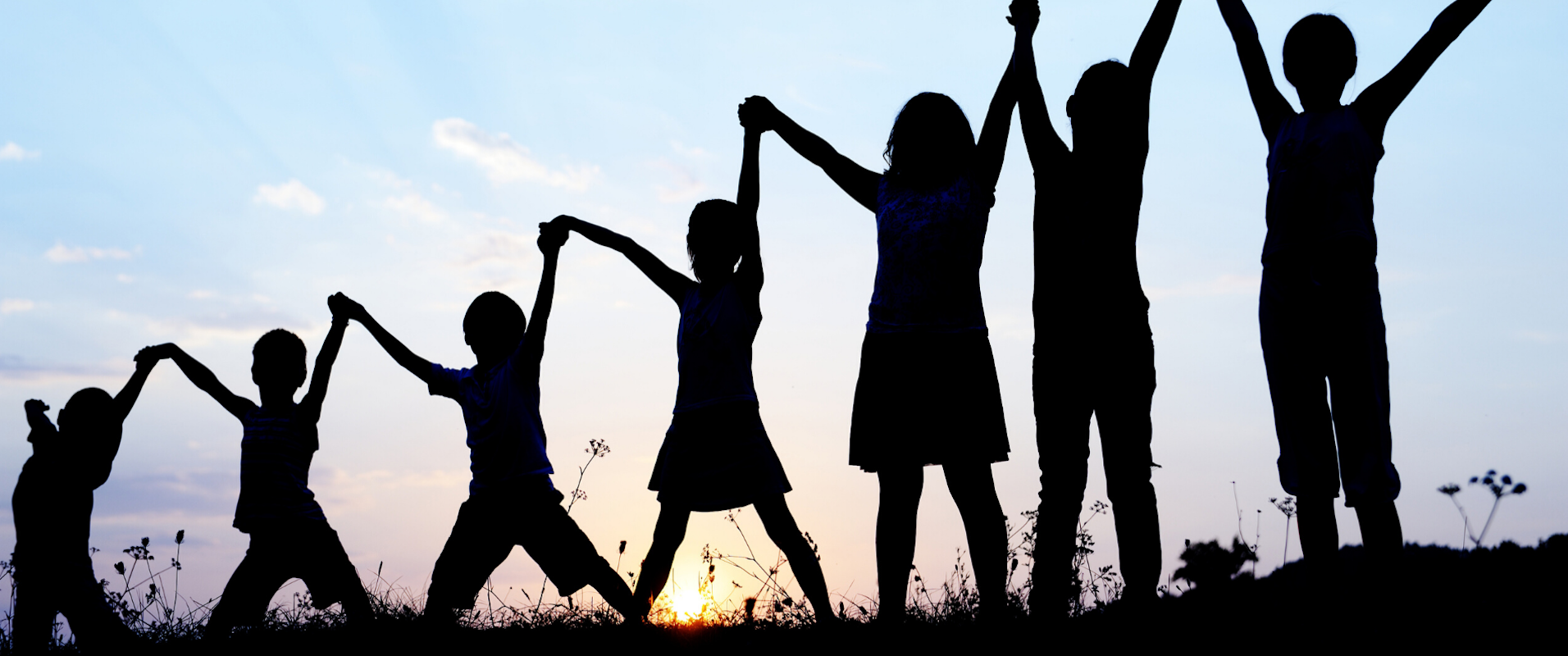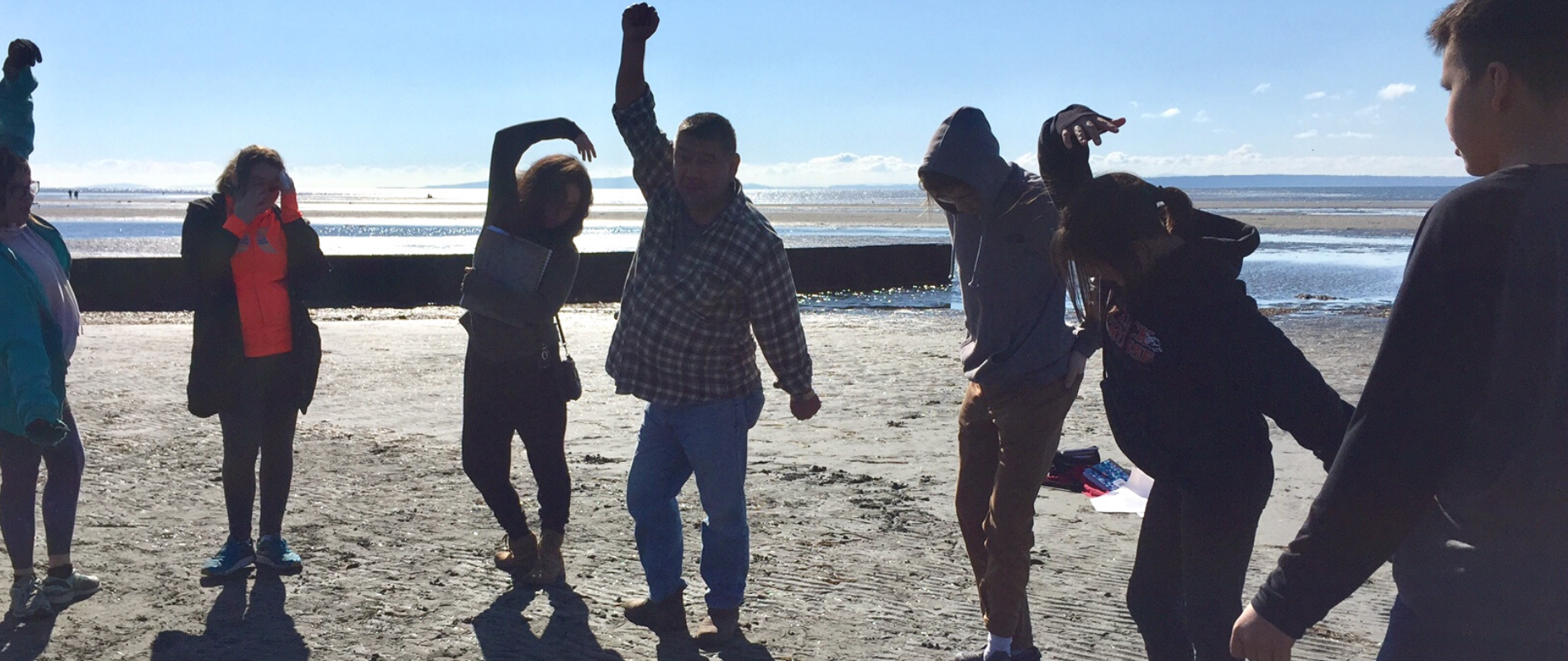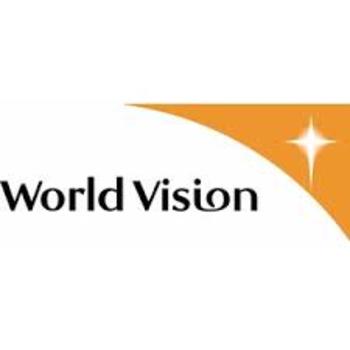
Most Vulnerable Children: World Vision UK programme inclusion and impact
IICRD was commissioned for a research consultancy in collaboration with Columbia University for World Vision UK (WVUK).
The research mandate is to assess and analyze the extent to which WVUK is reaching ‘the most poor and marginalised’ or Most Vulnerable Children (MVC) through its Child Protection programming – with funding from the UK Department for International Development’s (DFID) Programme Partnership Arrangement, and incollaboration with the Program for Forced Migration and Health, Columbia University
A social ecological framework was applied to assess the literature and key informant interviews, including:
- Groups of children (10-20) between the ages of 12 - 18 (including groups identified as MVC for example, children with a disability living in remote locations, children working in brick factories, migrant children, child soldiers, girls working in child brothels, street children, etc.)
- Children (aged 12 – 18) involved in World Vision children’s clubs or children’s parliament
- Relevant CBOs such as Women’s / Mother’s groups, OVC support groups, FBOs.
- Community or District level Child Protection Committees or Teams.
- Relevant Local and District level government staff (e.g. Ministries of Social Welfare, Special Child Protection Police, Education, etc.).
- Relevant UN agencies such as UNICEF and MONUSCO in the Eastern DRC
- World Vision local programme staff & PPA & Child Protection coordinators at the national level.

